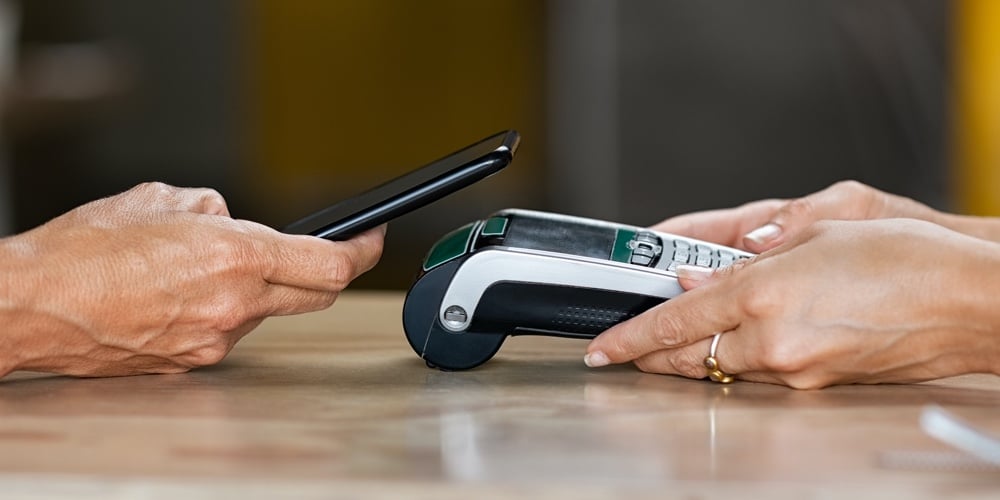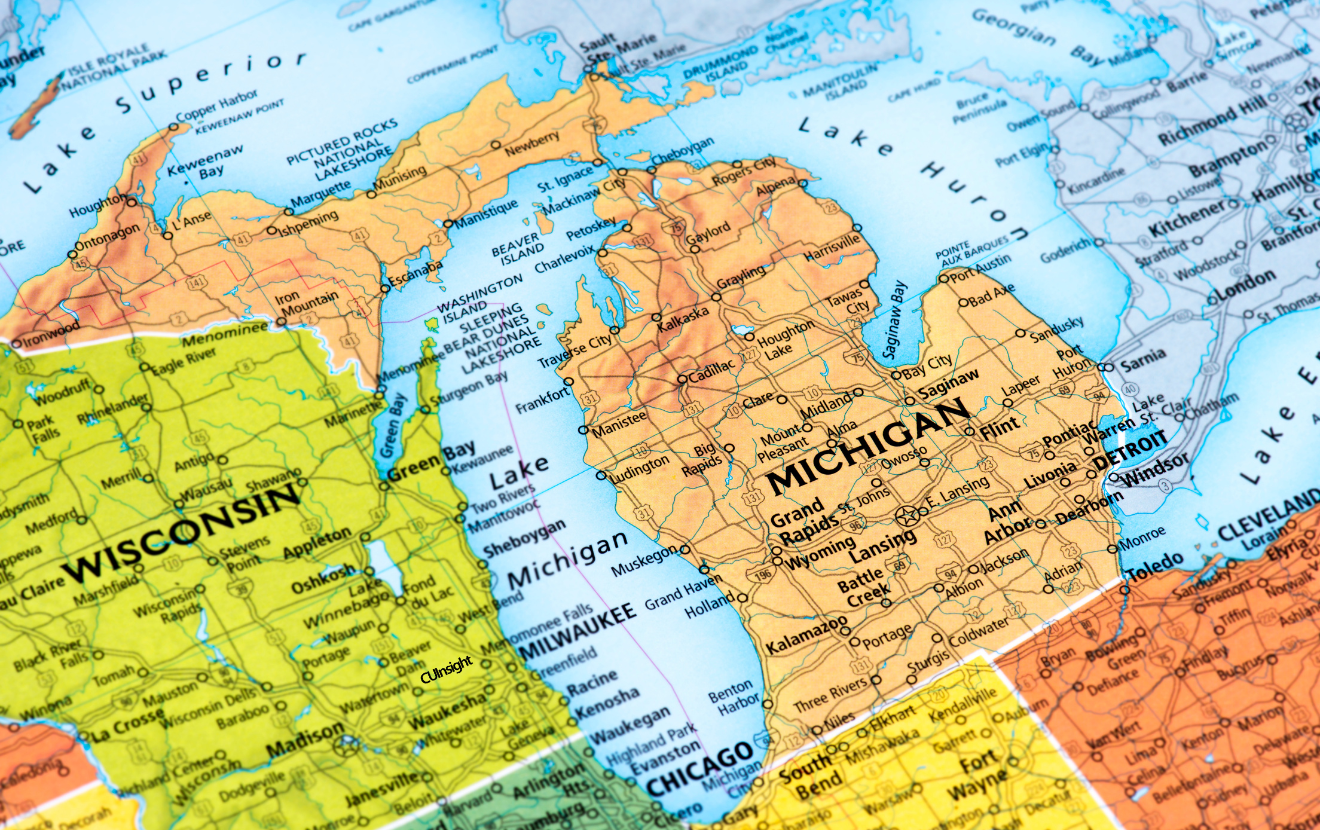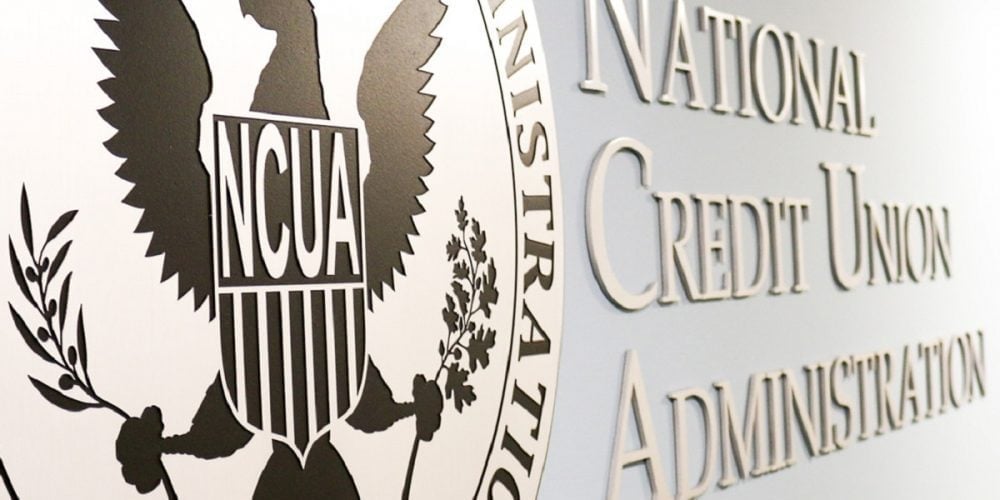There have been many changes in the credit union world thanks to COVID-19. Branches are closing, members are losing jobs, and ensuring the safety of your team has become a top priority. Business continuity plans have been pushed aside. Even credit unions that have plans in place for natural disasters are finding themselves in unknown territory, as shelter in place orders last months compared to days. Credit unions are also having their technology pushed to the limits as they find ways to not only serve their membership, but also shift employees to work from home. Even as states begin to reopen for business, it will be a slow process. Business will not be as it was prior to COVID-19 anytime soon. With this new reality, credit unions must also be prepared to adapt to a new future. They need to not only look ahead at how things will be going forward, but also be prepared for the possibility of a second shutdown.
Is your Mobile and Online Banking ready?
While most credit union’s drive-thrus have remained open, branch lobbies have either been limited to appointment only or completely closed. Credit unions with SEG locations in many cases have been forced to shut down the entire location. In some cases, this has meant closing all locations within a credit union’s geographic footprint. Mobile and online banking have been essential to assisting members with their needs especially when locations are not accessible. Over the years, we have seen increases in demand for mobile banking, but the current crisis has accelerated this need. While it is unknown if mobile banking will ever completely replace brick and mortar branches, the ability to deposit checks remotely and handle most financial needs online has been a benefit. With more members discovering the benefits of mobile banking, will branch traffic decrease? Why go to the branch when you can get what you need done online? Credit unions share similar qualities as retail stores. Consumers will be asking themselves if they really need to go to a location if they can get it online. With stores seeing increases in online business due to the crisis, the question becomes will this be the new norm or will customers return to more traditional avenues of shopping? Credit unions must ask the same question and be prepared. They should take this opportunity to review how their mobile and online banking performed during this period. They should obtain member insight and find out what worked well and what didn’t based on feedback received. If there is a second wave of COVID-19 and states are forced to shut down again, there is a chance it will be for a longer period of time. Will you be able to support your members in the manner they deserve and need?
Contact or Contactless Transactions, which do you prefer?
Anyone who has worked at a bank or credit union can attest to one thing: money is dirty, and not in a criminal way. All you have to do is look at a cash counter at a teller station to prove this point. If handling money before COVID-19 was a dirty business, it’s even worse now. What is safer, exchanging a $20 bill that has been touched by who knows how many people, or holding your smartphone or watch close to a terminal? Social distancing will be with us for some time and anything that supports this will be useful. If your credit union does not already support digital wallets, now is a good time to evaluate this strategy. Encourage your members to take advantage of this technology. We all have members that do not feel debit cards and digital wallets are safe and can be easily hacked. I would always tell my members, if you withdraw $100 in cash and have your wallet stolen, the credit union can’t do anything for you. However, if your card is compromised and you lose that $100, you are covered. Other contactless venues include Zelle, Venmo, and PayPal to name a few. What is easier: clicking a few buttons or driving to a store? Having to figure out how much change you should get back from the cashier or swiping your smartphone? Methods of payment that limit someone’s exposure make it easier to help your members remain safe. Advising members in this manner builds trust and rapport, which is the ultimate goal. As members are exposed to these methods of payment, will they go back to cash or embrace these new forms and habits? Cash isn’t going to be replaced tomorrow, but members can be given peace of mind during this period of uncertainty that there are alternatives.
The challenges facing credit unions are far from over. Even as we begin to emerge from shelter in place orders and venture back outside, more questions and uncertainty lie ahead. The best anyone can do is ask the questions as a team and prepare for things to be different than before. Change is inevitable and we are facing that at this moment. Credit union leaders can embrace these changes and open new growth opportunities.







